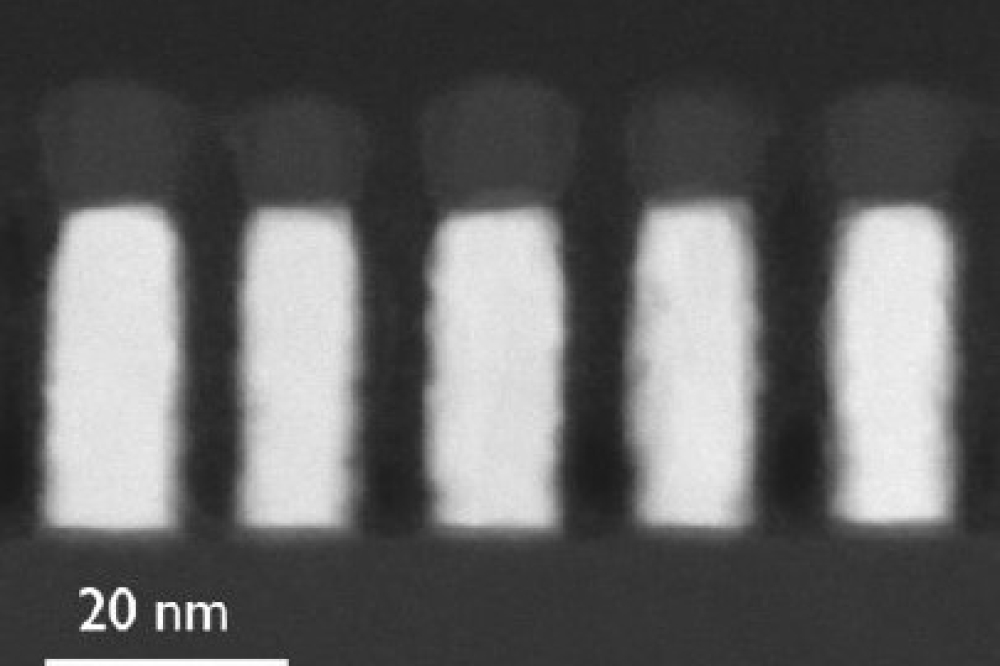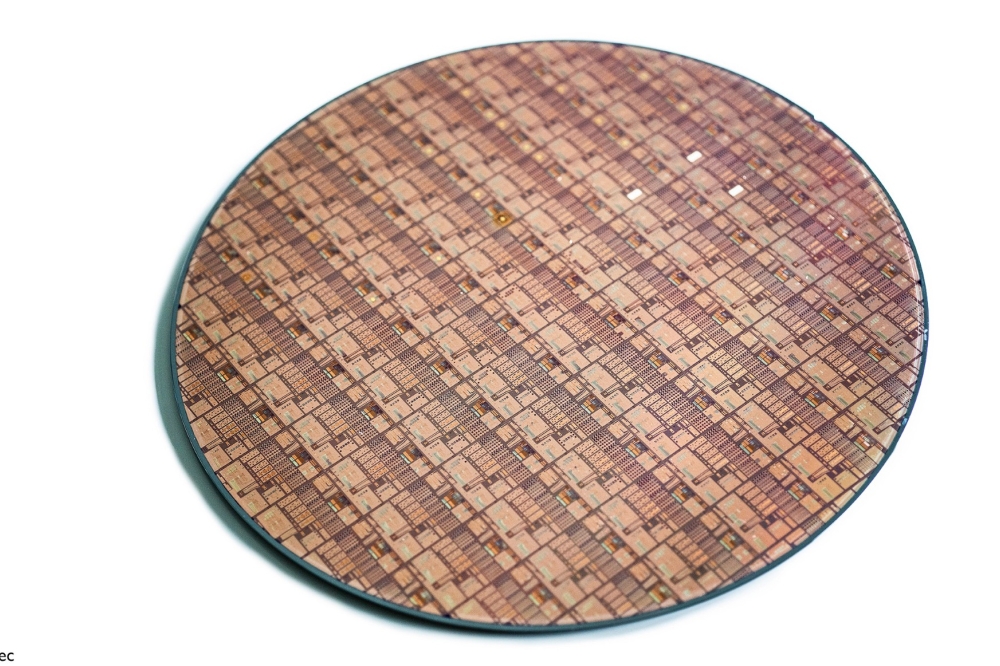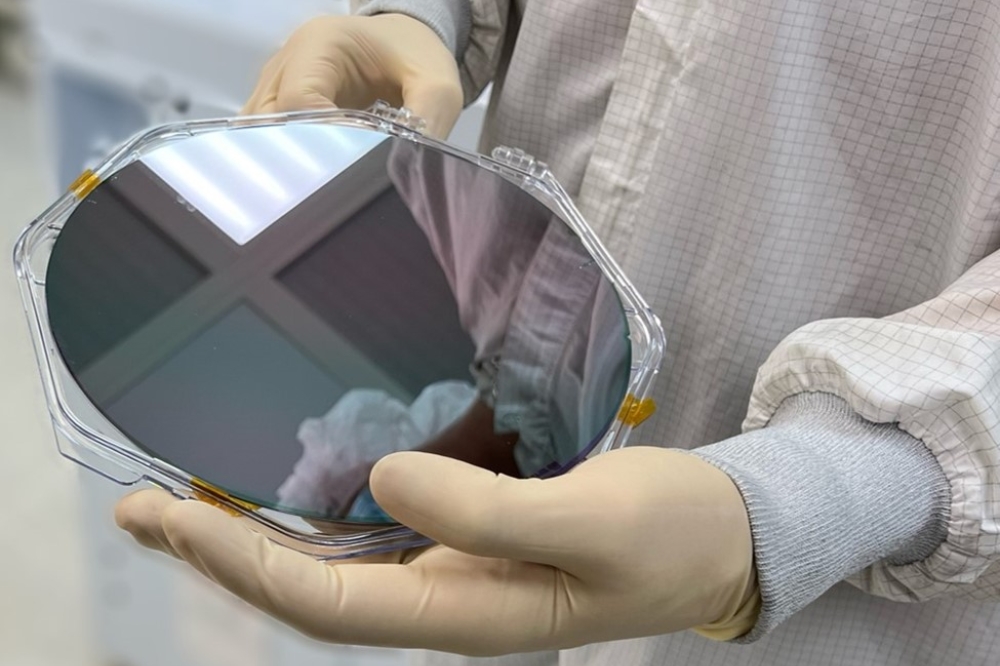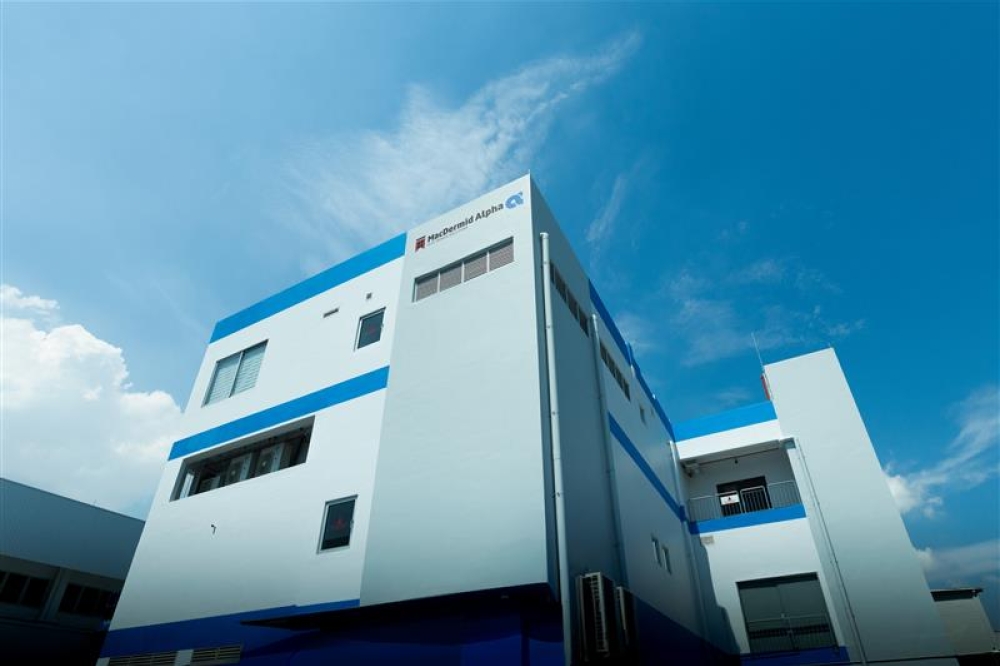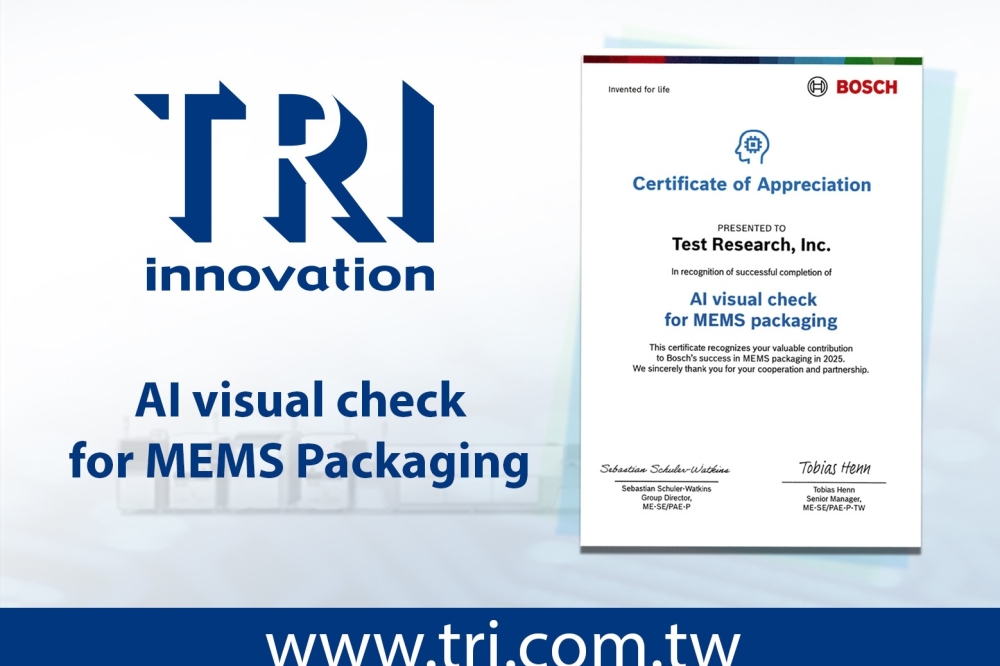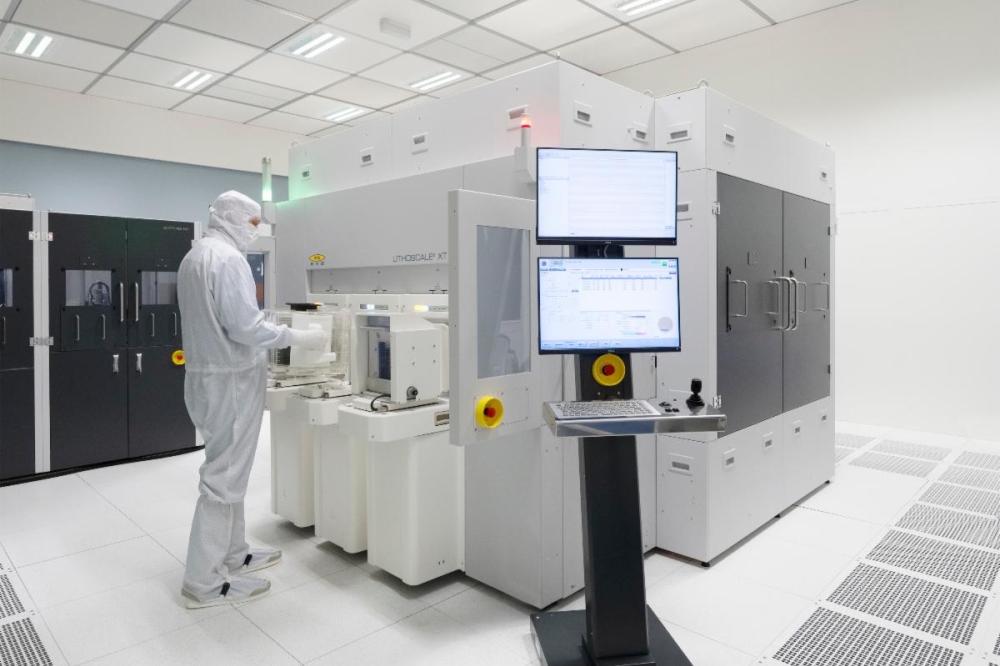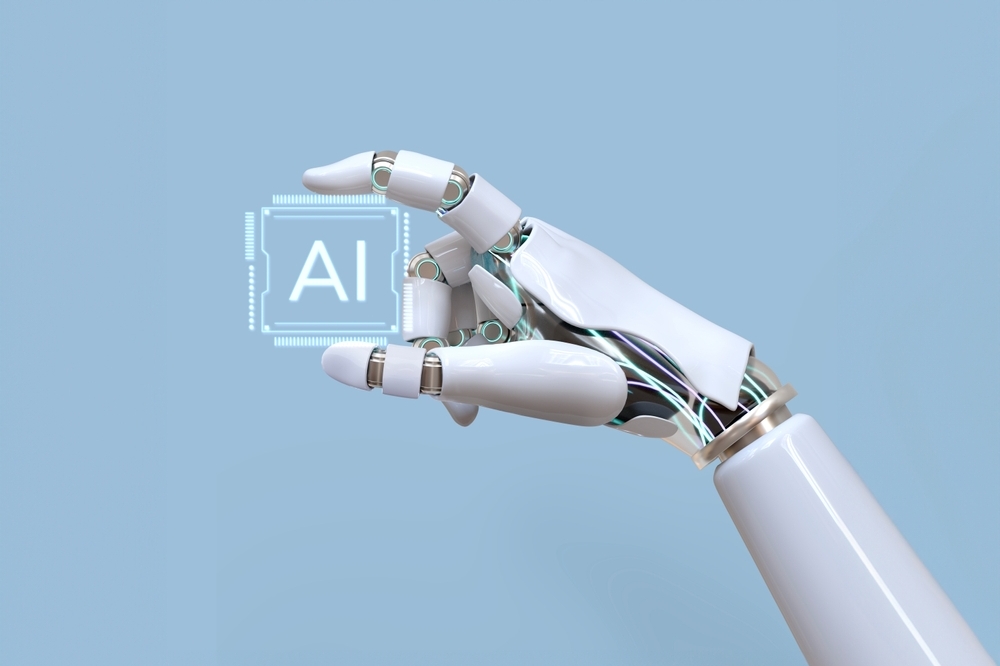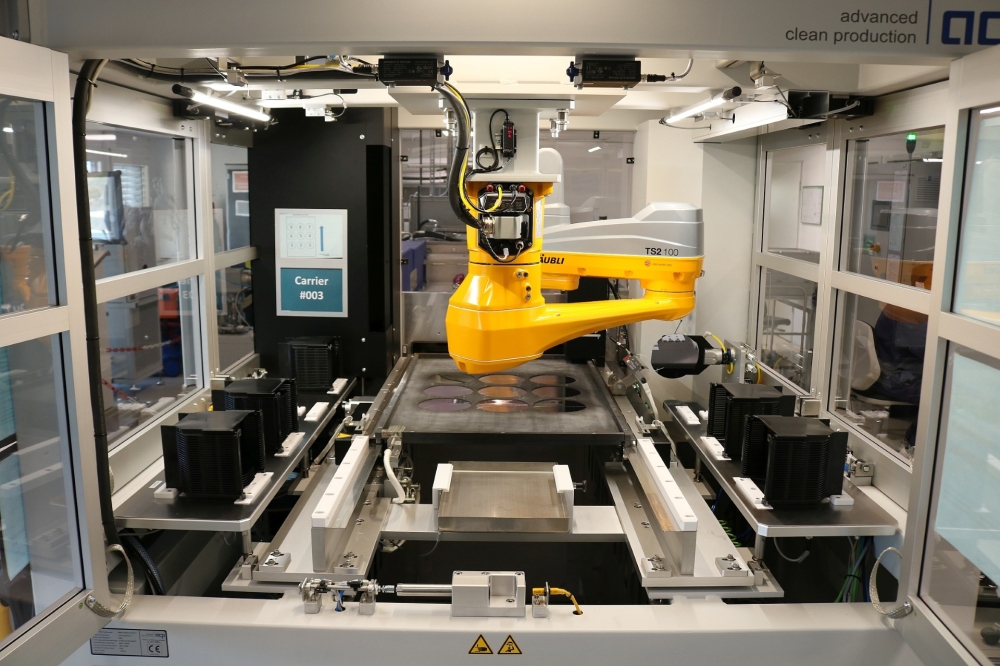Advanced fabs require more innovative facility services for efficiency, reliability and resiliency
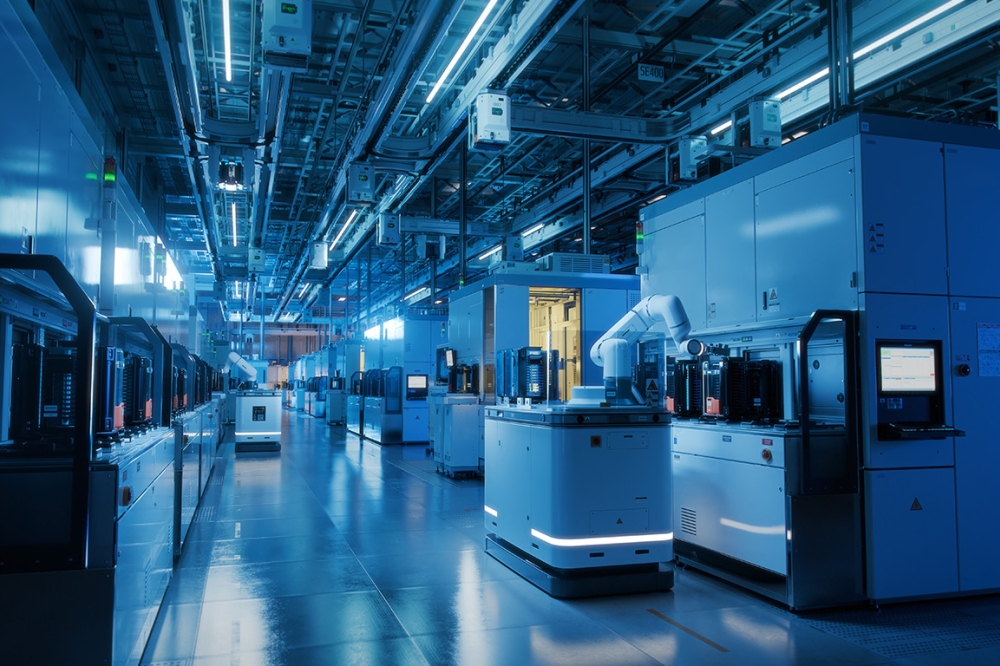
Today’s fabs are highly complex environments that demand precision, reliability, and real-time adaptability. Industry success will depend on a stable workforce with specialised skills, a keen eye on processes and efficiencies, and a commitment to embracing innovative facility management partners and solutions.
By Joseph Cestari, Vice President, Semiconductor Operations and Neha Dhingra, Vice President, Semiconductor Strategy at ABM
The U.S. domestic semiconductor manufacturing is fueled by record-high investment and federal incentives like the CHIPS and Science Act. The manufacturing capacity is poised for a massive expansion in the United States.
According to the Semiconductor Industry Association (SIA), U.S. fab capacity will triple its domestic semiconductor manufacturing capacity in the next decade.
Nonetheless, this manufacturing resurgence faces some significant obstacles. Many facilities need to be built from the ground up, which requires highly specialized skills and training – from pipe fitters to plumbers, electricians, and welders all the way to equipment installation as well as operation and maintenance.
Once up-and-running, keeping these fabs operating at peak efficiency while meeting stringent quality, safety, and environmental standards brings a unique set of challenges. Managing them is a monumental task due to the complexity of the processes, the precision required, and the scale of operations involved. As processes continue to advance (toward 3nm, 2nm nodes), the margin for error drops even further. Tiny deviations in temperature, pressure, or chemical composition during manufacturing can lead to systemic failures, especially with cutting-edge technology like Extreme Ultraviolet (EUV) lithography.
These complex facilities require highly specialized cleaning and facility management solutions, a push toward more digitization, and sustained investment in workforce development.
Impact of facility downtime
Semiconductor facility outages can stem from a myriad of issues from power disruptions, equipment failures, human error and — as evidenced during the pandemic – supply chain shortages.
An unplanned outage lasting 4 hours in a leading-edge fab could cost anywhere from $833,000 to $3.3 million (a massive $3,472 per minute). This means a full day could range from an astounding $5 million to $20 million. Smaller or older facilities producing less advanced chips might see lower costs but can still reach upwards of $500,000 to $2 million per day.
While the actual cost may fluctuate based on the facility’s output value and product type, one thing is certain. Any downtown is unquestionably costly. To further complicate matters, finished products can also fail after shipment due to contamination or inconsistent processing leading to costly recalls or even injury to consumer leading to huge fines and penalties, forced work stoppages, lost profit from returned goods, or costly lawsuits.
The clean continuum
Cleanrooms must have one consistent goal – keep contaminants out and remove what’s generated inside. This requires a “clean continuum” of establishing, certifying and sustaining the necessary environment. This meticulous process – leverages a combination of competencies of specialized controlled environment cleaning as well as particulate measurement, air flow test and balance, and compliance certification to standards.
A breached filter, a leak in a material supply line, or a careless tech can lead to contamination and yield loss. And a single particle significantly smaller than a micron (one-hundredth the width of a human hair) can ruin an entire wafer.
ISO standards provide the framework necessary to maintain these sterile conditions, defining acceptable particle levels in the air and establishing guidelines. Contamination control from Class 1 to 10,000 scales with particle limits, airflow rigor, and procedural stringency. The primary contaminants are airborne contaminants (dust, microbes, aerosols) introduced by personnel, equipment, materials, or processes. Each step up in cleanliness amplifies the challenge and the stakes.
Managing particular problems
Air pollution, dirt and dust, ferrous metal particles, human hair, skin particles — just to name a few — all must be kept at bay. It’s also important to remember that all operations and systems are interconnected and affect each other. Particulates in HVAC systems can increase cooling energy costs. Airborne gases can lead to corrosion and failures. Particles and build up can interfere with critical equipment and cause failures.
Contamination from humans such as skin flakes, hair, and breath can be a major source. A single uncovered cough in Class 1 can undo hours of filtration.
The good news is this type of contamination is mitigated with upgraded contamination and control procedures including entry, gowning and air showers. Strict SOPs must be adhered to within the overall clean environments – encompassing both routine cleaning along with “after action cleaning” such as tool installation or servicing.
Air filtration, flow and exhaust are also critical within these complex environments. A rigorous preventative maintenance schedule is essential to maintain the necessary unidirectional flow critical for Class 1-100.
Digitisation of facility management
Digitising facility services involves leveraging advanced technologies to optimize operations, enhance efficiency, and ensure the stringent conditions required for semiconductor manufacturing are consistently met. It can transform facility services in key areas such as automation, data integration, and environmental control.
Semiconductor fabs generate massive amounts of data from equipment, environmental controls, and production processes. Digitizing facility services means harnessing this data for actionable insights. A data intelligence platform, such as ABM Connect™, can streamline and display analytics tailored for immediate answers to questions. With an integrated IoT hub for visibility and task validation, examples of front-line team data can include:
⊗ Work completion against planned routes
⊗ Quality performance & inspections
⊗ Recognition patterns & performance trends
⊗ Training compliance
⊗ Safe workplace observations
This technology allows greater accuracy and efficiency with real real-time actionable metrics, robust reporting, and up-to-date KPIs.
In highly regulated industries like semiconductor manufacturing, the solution can help meet compliance and audit challenges, while enabling continuous improvement.
Incorporating predictive maintenance
As innovation on the fab floor increases, tech-based solutions can be applied to equipment maintenance. Predictive maintenance (PdM) offers the promise of transforming semiconductor fabs by shifting from reactive or scheduled maintenance to a data-driven, just-in-time approach.
Highly specialized, expensive tools like photolithography machines, etchers, and deposition systems are prone to breakdowns. A laser misfire in an EUV system or a vacuum pump failure can stop a line. Leveraging a PdM model can minimise disruptions and extend the life of equipment. It’s basically the difference between changing a specific part on a sensible schedule and knowing when it is optimal for operations and lifecycle costs.
Real-time monitoring can be achieved with connected sensors. Wireless and wired sensors (along with AI) can monitor for conditions and report to a centralized information system. These types of sensors can be used to monitor key assets such as:
⊗ Heat Monitoring - Detects heat caused by insulation issues or conduction problem so you can act before discharge events or arc faults.
⊗ Partial Discharge Monitoring - Partial discharge usually isn’t visible, but it destroys insulation over time, which will cause a full and destructive discharge.
⊗ Circuit Monitoring - Measures power and power quality data, including harmonic disturbance in the wave forms and voltage transients (sags and swells) that can damage to sensitive equipment.
This data is then analyzed using AI and machine learning algorithms to detect patterns or anomalies that signal impending failures. For example, a spike in vibration levels in a pump could indicate wear and prompt preemptive action. Recording this type of data over time gives you the ability to identify asset anomalies and provide advance warnings of equipment failures before they occur. Where just-in-time maintenance strategies have been implemented, the result typically is higher overall equipment efficiency. According to Nucleus Research, PdM initiatives can reduce downtime by between 35 and 50 percent, extend asset lifespan by between 20 and 40 percent, lower costs, improve safety, and enhance product quality.
Yet, effective implementation is not without challenges. Success relies on high-quality, accessible data, and integration with existing systems. It is also critical to define the right parameters for failure prediction models. And as with any connected system, robust security measures are needed to protect sensitive production data. However new solutions are making the process easier and scalable across facilities.
An experienced team with the right skillset can help implement PdM to enhance efficiency, reduce costs, and maintain product quality.
Power resilience
Semiconductor fabs are energy-intensive, consuming vast amounts of electricity and water for cooling, processing, and cleanroom operations. They also demand uninterrupted, ultra-stable electricity – with 24/7 uptime with zero flicker.
Even a millisecond-long outage can disrupt processes like etching or doping, ruining wafers mid-process.
Yet, the U.S. electric grid is under strain. Projections indicate that the demand for electricity will surge by 50% during the next two decades, with no signs of slowing down. According to Grid Strategies, the U.S. electric grid is not prepared for this level of significant load growth. This poses a key risk for reliability, and could have detrimental effects on fabs, particularly in more drought prone or high-cost areas.
On the bright side, new methods of energy management are now available to increase energy reliability and resiliency. Localized power grids (or microgrids) can provide a decentralized approach to energy distribution to bolster on-site energy capacity, avoid high-cost, peak timeframes, and ensure power resiliency.
In the simplest terms, a microgrid is a local collection of distributed energy resources that also can interact with the broader electrical grid to provide peak load shaving and system resiliency. This autonomy enhances resilience, energy security, and efficiency. Thanks to increased affordability and shifting regulations, more of these microgrids are being powered by renewable energy methods.
What makes a microgrid “intelligent” is the set of control systems that can manage, store, charge, and discharge the entire system at any given time. These controls can be programmed to monitor the supply versus demand of power being pulled from the central grid and the real-time cost of power on the market.
While monitoring, if the control system detects low energy prices, it can switch to purchasing power from the grid to supplement the consumer’s needs while using battery systems to store self-generated power from solar panels for future use. Subsequently, the controller can discharge these batteries when prices increase, ensuring more stable energy costs. The system can also operate autonomously, ensuring an uninterrupted power supply even during grid outages or disruptions. This level of real-time energy management improves the energy performance, control costs and increases predictability.
Skilled workforce
The SIA predicts that by 2030, there will be a shortage of approximately 67,000 skilled engineers and technicians in the industry. In addition, a third of the workforce is nearing retirement. More extensive training, upskilling and sustained workforce development is urgently needed. The good news is that many of these roles do not require a four-year degree. Rather, they can be fulfilled with a certification or 2-year training program.
Industry stakeholders must look to develop a national training structure, utilizing government funding and industry momentum to build critical in-house expertise. In the meantime, embracing outsourcing may be the answer to expand the labor pipeline as demand for skilled labor outpaces supply. This is particularly true if the outsourcing partner has in-depth expertise working within these highly specialized and complex environments.
Facilities management partners can help fill talent gaps in construction, operations, and maintenance, provide valuable tribal knowledge, and help ensure safety and quality. Leveraging these types of experts may hold the key to revitalization of the U.S. manufacturing industry.
Today’s fabs are highly complex environments that demand precision, reliability, and real-time adaptability. Industry success will depend on a stable workforce with specialized skills, a keen eye on processes and efficiencies, and a commitment to embracing innovative facility management partners and solutions.





